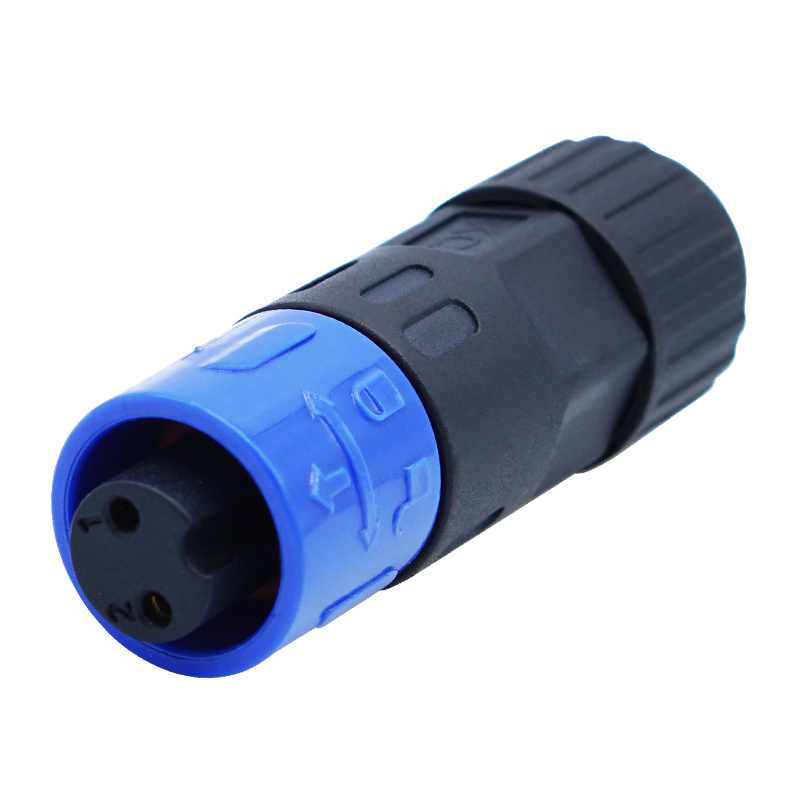Securing Illumination: The Critical Function of Waterproof Plugs in LED Systems
In the realm of both commercial and industrial lighting, the shift to LED technology has brought a focus on the durability and reliability of every component within the system. While the LED chip itself is celebrated for longevity, its performance is ultimately contingent on the integrity of its connections. The Waterproof Plug has thus emerged as a fundamental, yet often overlooked, component essential for ensuring the continuous operation of LED Light fixtures in challenging environments.

The core function of a Waterproof Plug is to create a sealed, secure passage for electrical cables entering the luminaire housing. This prevents the ingress of moisture, dust, and other contaminants that can cause short circuits, corrosion, and ultimately, premature failure of the driver and electronics. The efficacy of these seals is quantified by the IP Rating (Ingress Protection). A common standard for outdoor and harsh environment fixtures is IP67, which certifies the plug assembly as dust-tight and capable of withstanding temporary immersion in water.
These components are engineered with precision. A typical Waterproof Plug consists of a neoprene or silicone gland that compresses tightly around the cable jacket, a rigid nylon or PC outer nut that threads onto the fixture's entry port, and often an internal O-ring that creates a secondary seal against the fixture housing. This multi-layered approach ensures that the connection point remains hermetic even under significant pressure washing, constant humidity, or exposure to chemicals.
The application of these seals extends far beyond simple outdoor landscape lighting. They are critical in Industrial Lighting where fixtures in manufacturing plants are exposed to high-pressure washdowns and airborne particulates. In marine and harbor applications, LED Light Fixtures equipped with robust waterproof connectors resist salt spray corrosion. Urban infrastructure, such as street lights and tunnel lighting, relies on these plugs to maintain performance through seasons of rain, snow, and dust. Furthermore, within the Mining Industry, where safety is paramount, LED Mining Lights depend on these plugs to prevent failures that could occur in damp, dusty conditions underground.
In summary, the Waterproof Plug is not merely an accessory but a critical enabler of LED technology's promise of durability. Its design and implementation address the fundamental challenge of protecting sensitive electronics from environmental ingress, thereby supporting the deployment of reliable LED lighting systems across a vast spectrum of demanding applications.
PREVIOUS: Ip67 Waterproof Connector Manufacturer
NEXT: Robust Connectivity: The Role of the IP67 Waterproof Connector in Mining Illumination








